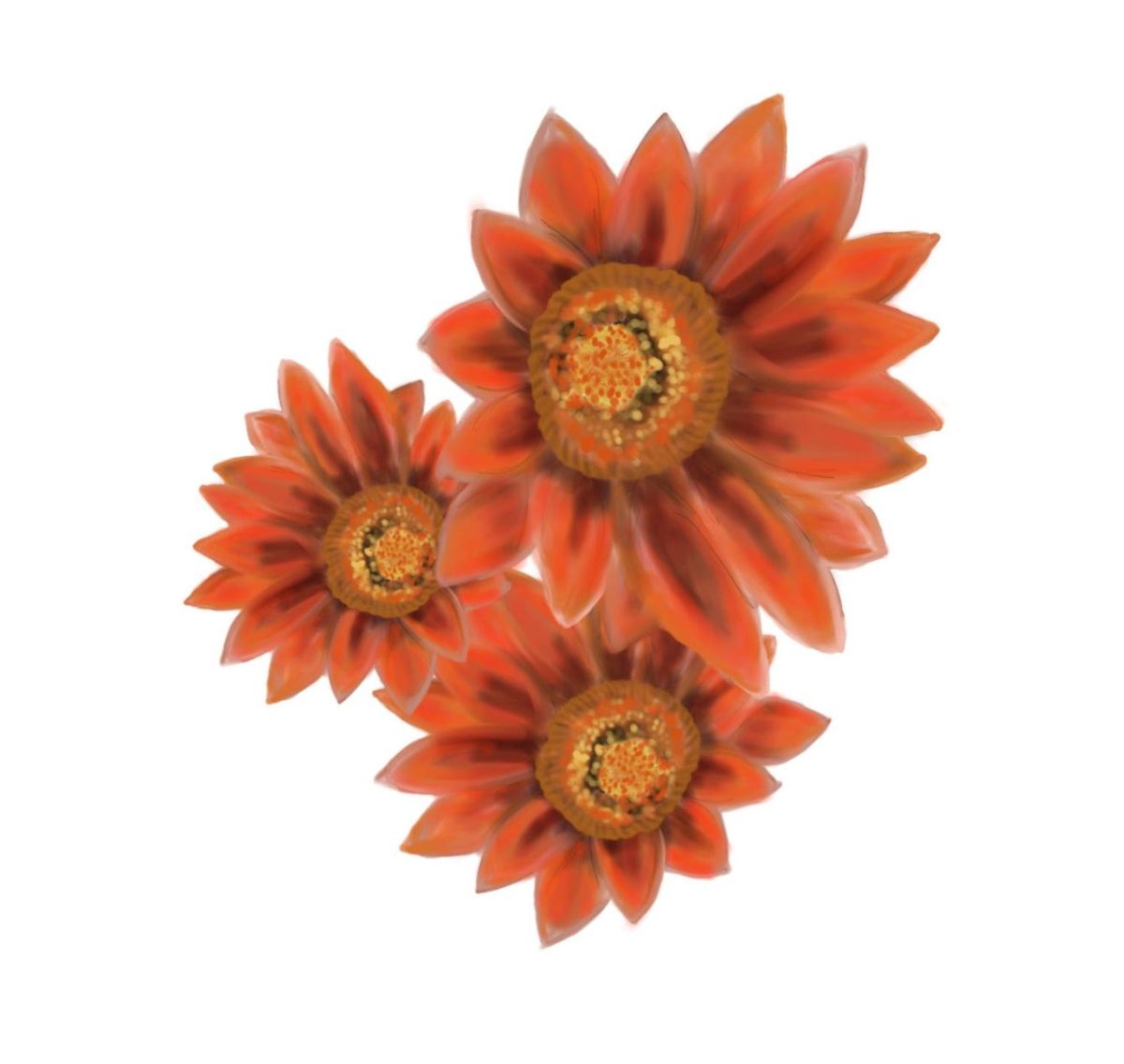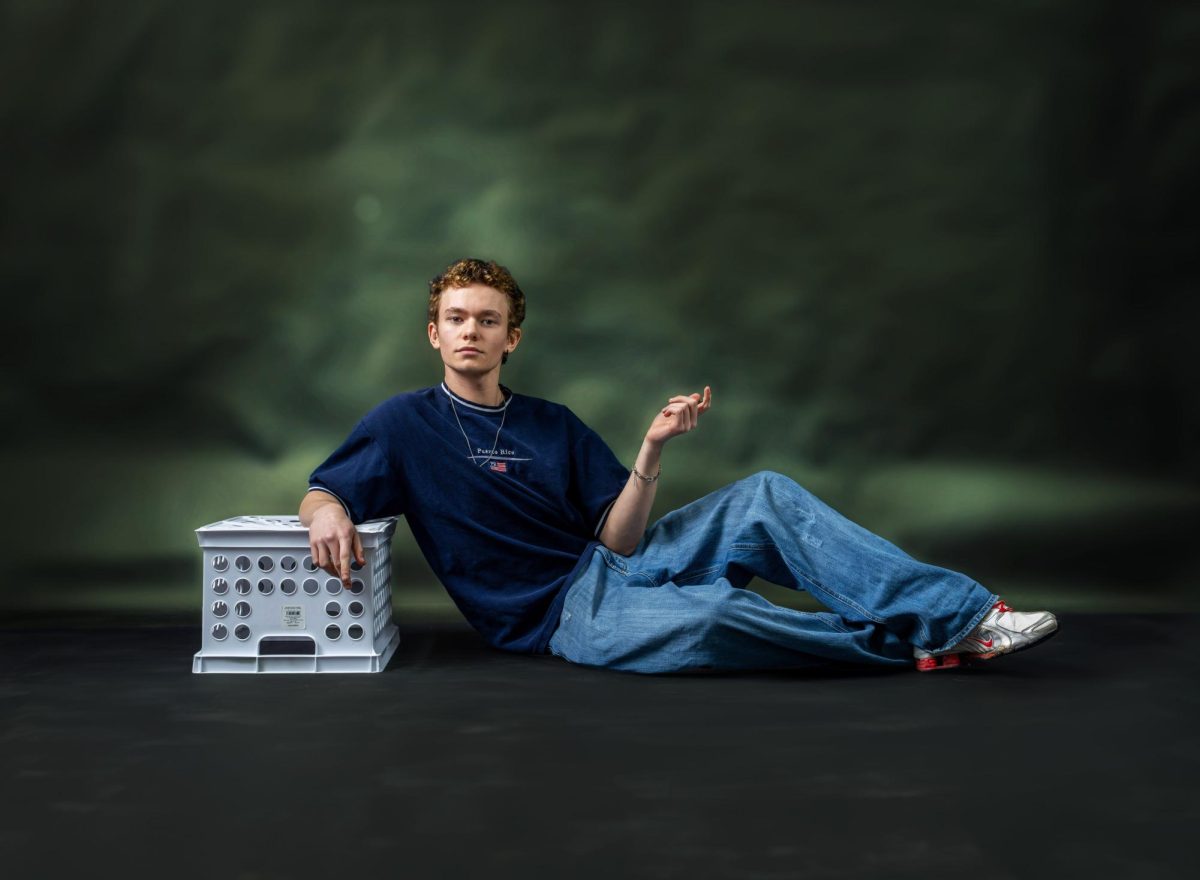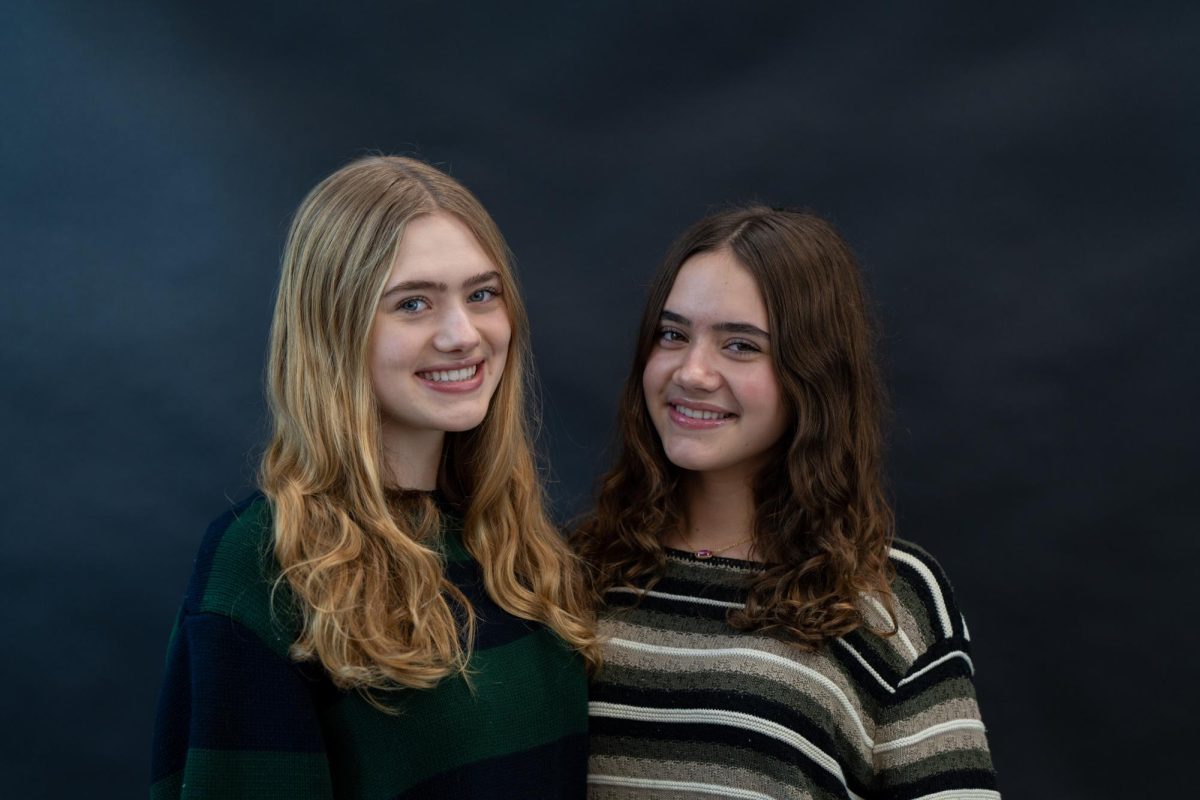
Parkour has been around for centuries in everything but name. It has been used as a training strategy for warriors, and kids are commonly seen on school playgrounds scaling the sides of jungle-gyms. But around 20 years ago in France, David Belle coined the term Parkour. The discipline teaches participants how to adventure and move through their environment. Since then, Parkour has spread around the world and now has communities and committed practitioners in every country. The Parkour craze has made an impact in Ann Arbor, especially around the University of Michigan campus and among high-schoolers.
It has become common to see a group of college-age students scratching their fingernails into cement walls or walking across bike racks. Three times a week—Tuesday, Thursday and Sunday—the University of Michigan Parkour Club meets at the Dental School to practice Parkour. The club consists of a core group of 15 U of M students.
The U of M club stresses the importance of practicing. “We have a big warm up, up to 20 minutes. From there we do drills or circuits to learn certain tricks and patterns,” said Sanda Mong, U of M sophomore and club leader. Tricks performed include balancing on rails and jumping onto high cement buildings, doing flips off of benches and using only arm strength to carry one’s body across a cement building.
Mong believes that Parkour is a way for him to challenge himself, and not compete with others. “I like when you do a move that you never thought would be possible, ever. Once you train for it and prepare yourself mentally for it and overcome it, and do whatever move it is, it is really thrilling. I put a lot of hard work into it.”
The feeling is mutual for club member U of M senior Will Leaf: “Some people are trying to take [Parkour] in that direction of being competitive but the founders are against that and I agree with them. It’s not a competitive thing. I like it better that way.” Leaf enjoys working towards a goal and getting better at a specific skill. “[Working on jumping farther and on the technique of it all,] there is a really free aspect to it all. You can do whatever you want in that moment.”
Not only does Leaf learn specific skills, he also forms connections with his environment around him. “You get to know places better too. When you ask yourself what does it mean to know a place, you usually put it in relation to what you have done there. If you have lived there or something. But if you are moving all over it and need [to use it in order to] understand what you can do there, it is different. You need to understand the place to get past obstacles.” Leaf feels that, thanks to Parkour, he and the rest of the club know the exterior of the Dental School particularly well, “from the little crevasses to hidden indents on the walls.”
In addition to being practiced at a college level, Parkour is also done by high schoolers. Community High Isamu Inuzuka practiced Parkour for almost two and a half years. “I liked the thrill, and the feeling of danger made it exciting,” said Inuzuka. Inuzuka occasionally practiced with the U of M club but preferred to practice alone around downtown Ann Arbor.
Inuzuka’s days of practicing Parkour had to come to a stop after a serious injury. “I fractured my kneecap when I was jumping off of a building. It was about ten feet tall. I just jumped and I landed funny. My ankle twisted and my kneecap popped out,” said Inuzuka.
Both Leaf and Mong stressed the importance of safety. They too have received injuries in the past from Parkour. Mong has sprained his ankle in the past but believes it was because he was being “a little too reckless.”
“There is always an apparent amount of risk involved when doing Parkour. If you understand your limits of what you can and can’t do, you will lower the risk of getting injured. [The U of M Parkour team] always prepares both physically and mentally,” said Mong.
Leaf has built up his Parkour skill set in increments to decrease potential injury. “You start off on flat ground and then you build up. That is another thing I like about Parkour. It’s investigating what your mind is telling you—whenever you are about to do something you need to feel safe. It’s weird how some things feel safe and then others don’t and how over time that changes. How things seem scary at first and then they don’t. Like standing on a rail, it’s all about power over body and mind,” said Leaf.
“Parkour is investigating what your mind is telling you—whenever you are about to do something you need to feel safe. It’s weird how some things feel safe and then others don’t and how over time that changes..”










